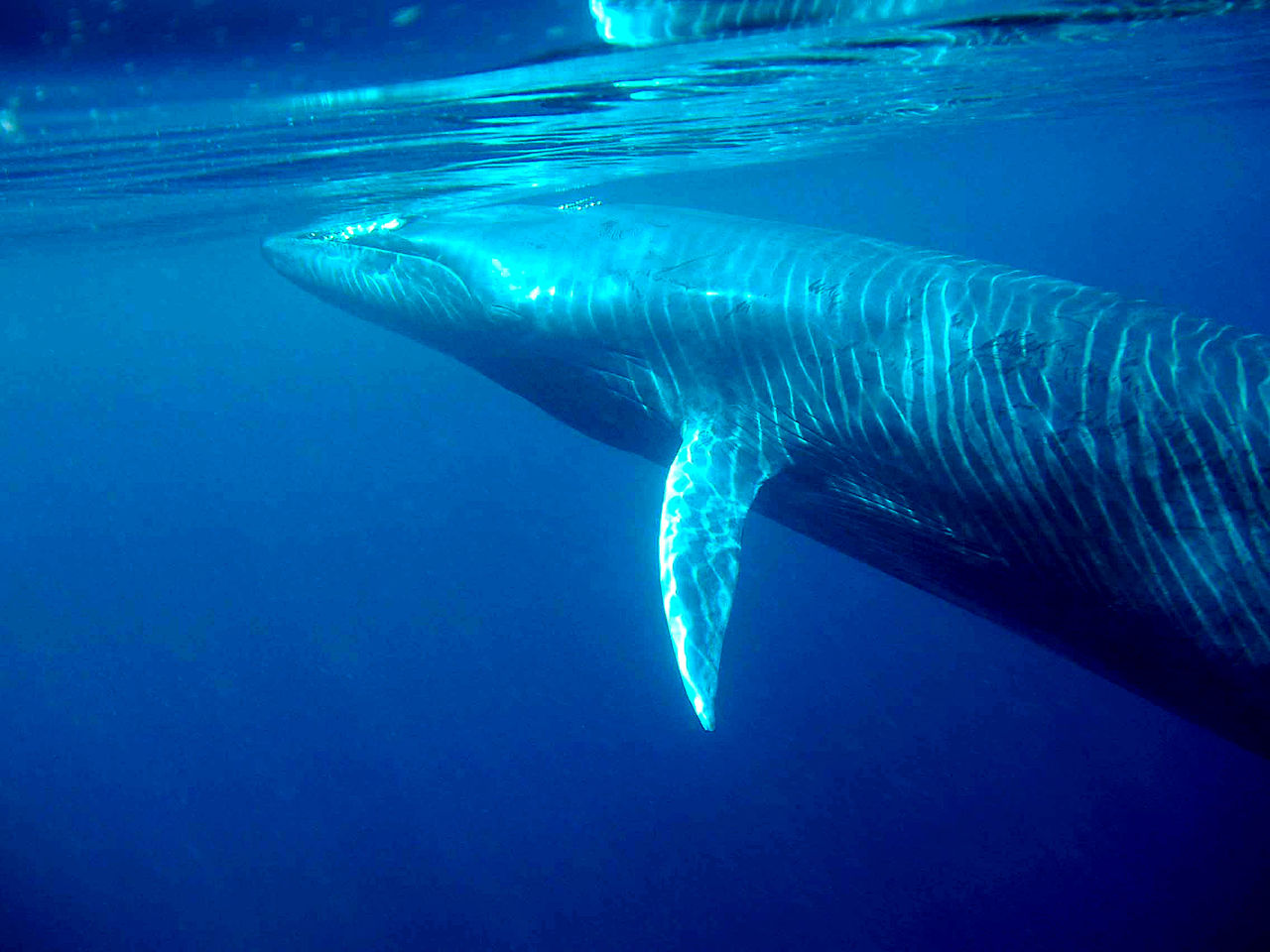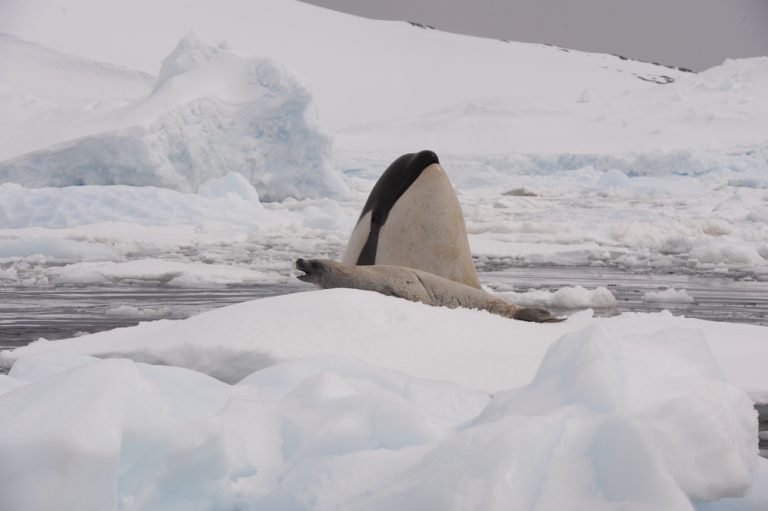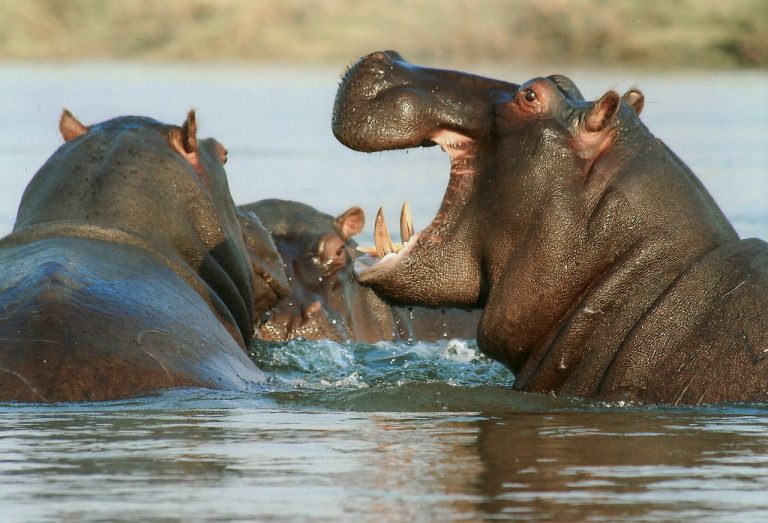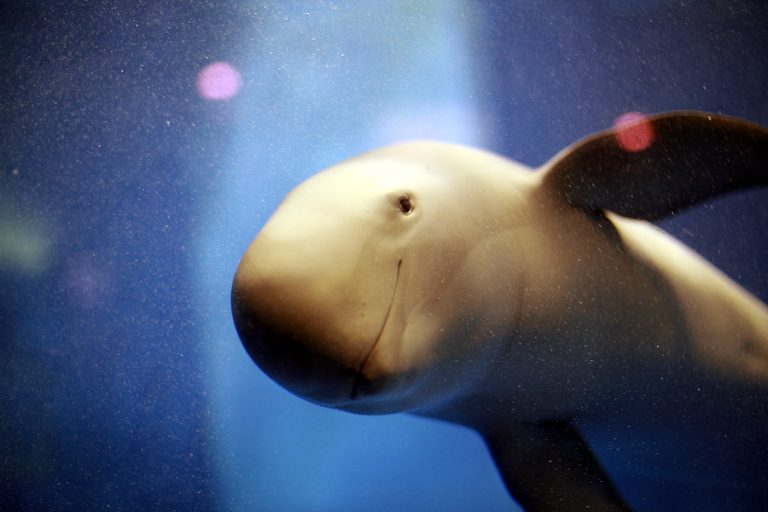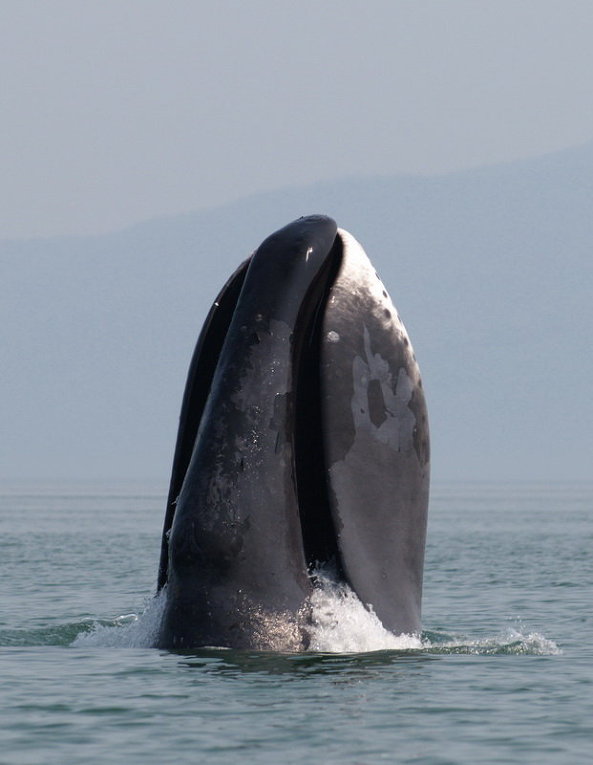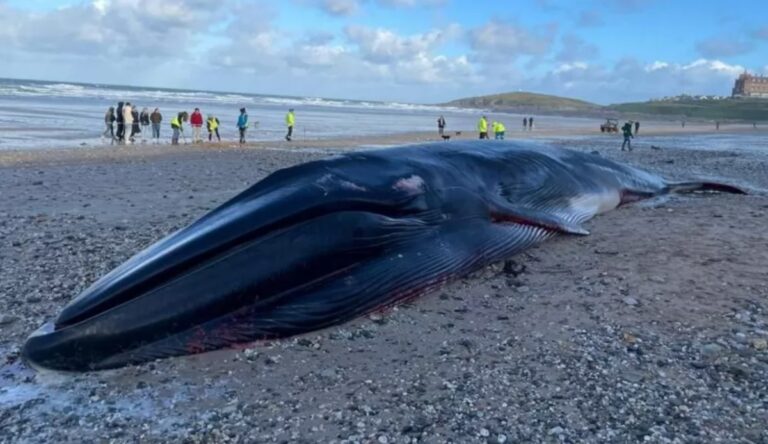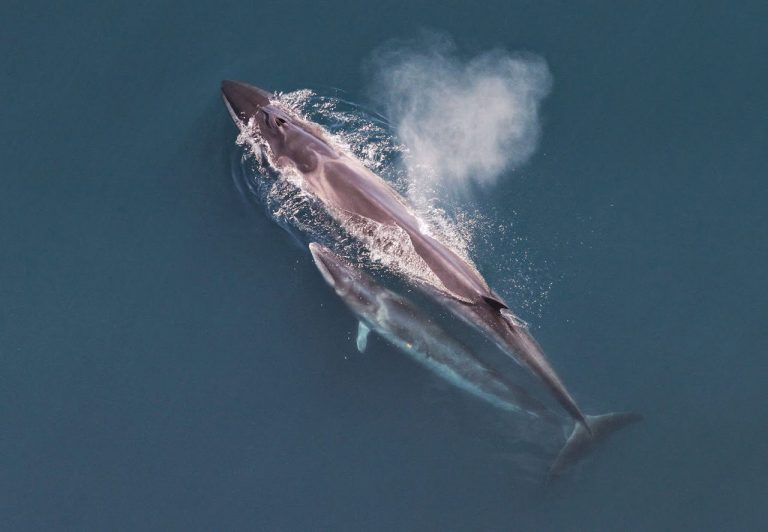General Conservation Status Of Different Whale Species
One sea creature that has suffered extreme exploitation is the whale. Here’s the current status of some well-known whale species.
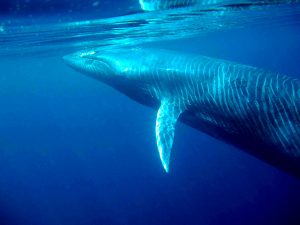
Whales are magnificent, extremely large, and generally gentle sea mammals. Different species of whales have lived in the Earths’ waters for millions of years now but they are now threatened due to excessive whaling and uneven climatic changes.
Specifically, unregulated and relentless hunting in past centuries led to a sharp decrease in the population of most species of whales.
In fact, in some of the more severe cases, the current population is just a mere fraction of the pre-whaling population.
Initially, commercial whalers were monitored by the International Whaling Commission (IWC).
However by 1986, due to the extreme depletion in the number of these creatures the IWC temporally banned whaling entirely.
This ban drastically helped reduce the pressure on whales as a whole. Today, almost all the species of whales are gradually recovering due to this ban. However, some nations such as Iceland, Norway, and Japan allow whalers to hunt a limited number of species such as minke whales and fin whales for subsistence.
In addition, many other laws are in place to protect whales such as:
- Marine Mammal Protection Act,
- The Convention on International Trade in Endangered Species of Wild Fauna and Flora (CITES), and
- US Endangered Species Act of 1973 (ESA).
Read on to get a better idea about the conservation status of some of these whale species.
Conservation Status Of Different Whale Species
1) The Blue Whale
The blue whale is the largest living mammal on the planet earth. This species dwells in every ocean. These whales are separated according to their habitat, i.e. Atlantic, North Pacific and Southern Hemisphere.
In the whaling era, i.e. 17th century to 20th century, there was a sharp decrease in the number of the blue whales. Today the number of surviving blue whales surviving is just a fraction of what existed in the pre-whaling period.
According to the IWC, blue whales in the Southern hemisphere have dwindled from 200,000 to a few thousand due to heavy whaling. However, due to protective measures, they are gradually recovering at a rate of around 8% per year.
Also in the North Atlantic, the huge decrease in the number of this species is increasing slowly. Blue whales in the North Pacific are increasing by about 3 percent annually.
The IWC estimates that the current population of these whales in the Southern hemisphere, North Pacific and North Atlantic is around 2000, 2500 and 500 respectively.
2) Bowhead Whale
Bowhead whales are found in icy areas. Their head is evolved in such a way that they can use it to break through thick ice.
They swim in the high latitude waters of the Northern Hemisphere. These whales are found in the Arctic Ocean, North Atlantic, and North Pacific Ocean. Pre-whaling population was in the range of 30,000 to 50,000. However, by the late 1920s, just about 3,000 individuals remained.
The ban on whaling has seen their numbers recover to between 7,000 and 10,000.
3) The Humpback Whale
Humpback whales are endemic in all the major oceans. This whale also suffered the effects of heavy hunting from the 1920s to 1950s.
The populations in the Southern Hemisphere, North Atlantic, and North Pacific were exploited the most. Whalers went after them for their oil, meat, and blubber. A ban during the 1960s quickly helped the situation, otherwise they may well have gone extinct by now.
Fortunately, this particular species has recovered greatly. Actually, estimates say that they are back to their pre-whaling number of circa 75,000 to 100,000. Estimated population of these whales in the Southern hemisphere, North Atlantic, and North Pacific Ocean is about 60,000, 12,000 and 17,000 respectively. Humpbacks generally show an increase of 10 percent per year.
Humpback whales are gradually returning to their pre-whaling population.
4) The Fin Whale
The Fin whale is another species that was heavily affected by the industrial whaling from the 1930s to the 1960s.
Though due to insufficient data, the pre-whaling population of these species is unknown. But it’s estimated to have been somewhere in the range of 200,000. Today, fin whales in the North Atlantic are about 35,000, and about 10,000 in the North Pacific Ocean. That’s a constant increase of 4 to 5 percent annually.
5) Bryde’s Whale
Bryde’s whales mostly inhabit the warm water and tropical oceans of the Indian Ocean, Atlantic Ocean, and the Pacific Ocean. Being smaller in size compared to other whales, these whales can reside in continental shelves and coastal areas.
As a result of their smaller size, these whales were less affected by commercial whaling and are not considered in the list of endangered species of whales.
According to the IWC, the population of these whales is around 20,500 in the North Pacific and 13,000 in the Eastern tropical Pacific.
6) The Sei Whale
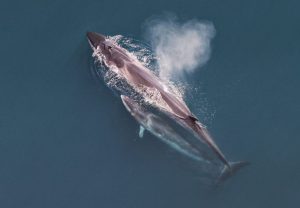
Sei Whales commonly live in sub-tropical and sub-polar waters. This species also declined from the 1960s to 1970s primarily due to excessive whaling. Although exploitation was less severe in the central Atlantic Ocean.
According to a survey in 1989, there are just about 10,500 individuals left today. However, available data is insufficient and speculative at best.
7) The Gray Whale
Gray whales are mostly found in the North Pacific region. They are divided into two distinct populations: the Eastern North Pacific Stock and the Western North Pacific stock.
Both these groups suffered the same fate as other heavily exploited species. However, the eastern North Pacific stock has recovered well and reached its pre-whaling population of 20,000 but the western North Pacific whales are Critically Endangered at a population of less than 130.
The western North Pacific stock of the gray whale is Critically Endangered and at serious risk of extinction at less than 130 individuals.
8) Antarctic Minke Whale
Antarctic Minke Whales are the smallest in the large whale category. These whales were commercially exploited in the 1970s. However, as compared to other whales, these whales are not considered endangered as they exist in hundreds of thousands.
Though exact figures are not available, they number in the 460,000 to 690,000 range.

